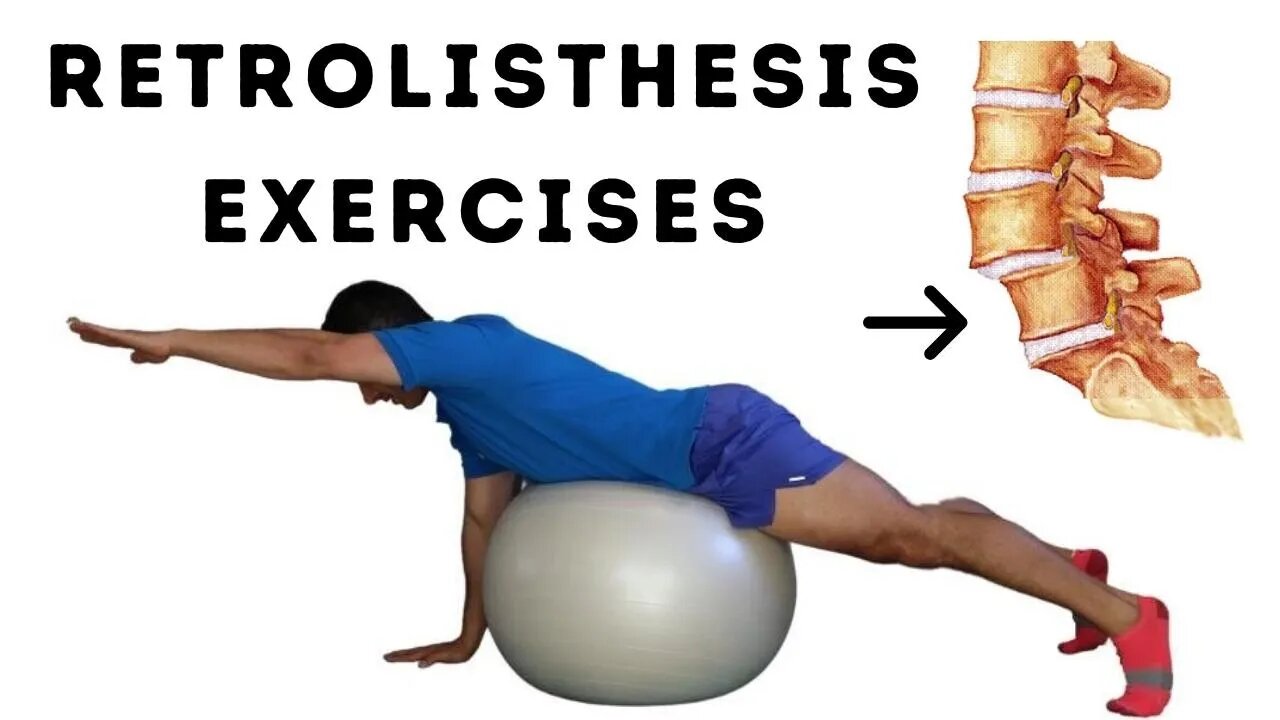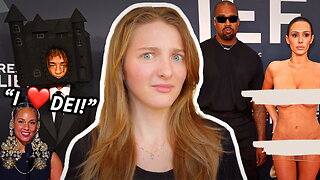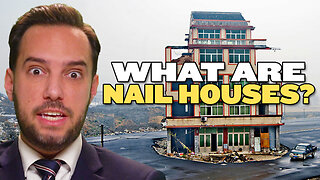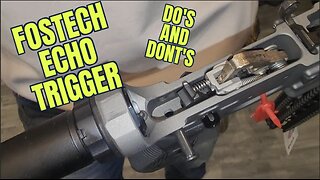Premium Only Content

Retrolisthesis Exercises for Stronger Core
Retrolisthesis is an uncommon joint dysfunction that occurs when a single vertebra in the back slips backward along or underneath a disc. In this video I show you the cause of Retrolisthesis, different grades and types of Retrolisthesis. In addition, I shared with you a rehab program to follow to strengthen your core gradually.
Research supports strengthening exercises for core and lower back if you suffer from Retrolisthesis. Having said that, staying active and maintaining your overall strength would be the best long term lifestyle modification.
Retrolisthesis is the opposite of spondylolisthesis, which occurs when a vertebra slips forward. Retrolisthesis occurs in the neck and shoulder area, known as the cervical spine, or the lower back, known as the lumbar spine.
Spondylolisthesis treatment
https://www.youtube.com/watch?v=jzcKlm0jo8w&t=207s
Ankylosing Spondylitis exercises for pain relief
https://youtu.be/hrVuSvMPnHA
Annular Tear L4L5 L5S1 Disc Bulges
https://youtu.be/qbnFdG_ZULY
There are three types of retrolisthesis:
- Complete retrolisthesis occurs when one vertebra moves backward in relation to the one above and below it.
- Partial retrolisthesis involves one vertebra moving backward toward either the one above or below it.
- Staircase retrolisthesis happens when one vertebra moves backward from the ones above it and ahead of the ones below it.
Cause of Retrolisthesis:
Retrolisthesis happens when the space between the vertebrae decreases. Sometimes this happens if the discs between the vertebrae shrink. Scientists are not entirely sure what makes the discs and space between the vertebrae decrease.
Risk factors of Retrolisthesis:
- degenerative spinal problems
- congenital disabilities
- injuries to or near the spine (accident)
- weak abdominal muscles and muscles around the spine (weak core)
- blood or bone infections
- nutritional deficiencies
Symptoms of Retrolisthesis:
Symptoms of retrolisthesis vary from person to person and range from mild to severe. Symptoms may include any combination of the following:
- Lower back pain
- discomfort in one specific area of the back
- limited range of motion
- pain in the area of dislocation
- sharp pinching pain
- a bulge in the spine
**MEDICAL DISCLAIMER**
All information, content, and material of this video or website are for informational and demonstration purposes only. It is not intended to serve as a substitute for the consultation, diagnosis, and/or medical treatment of a qualified physician or healthcare provider.
Don’t use this content as a replacement for treatment and advice given by your doctor or health care provider. Consult with your physical therapist or healthcare professional before doing anything contained in this content.
By watching this video, you agree to indemnify and hold harmless Dublin Sports Injury Clinic(and its representatives) for any and all losses, injuries, or damages resulting from any and all claims that arise from your use or misuse of this content. Dublin Sports Injury Clinic makes no representations about the accuracy or suitability of this content.
USE OF THIS VIDEO'S CONTENT IS AT YOUR OWN RISK.
#Retrolisthesis #Retrolisthesistreatment #Retrolisthesisinjury
#sciaticatretament #sciaticapainrelief #sciatica #backpain #Soreback #Lowerbackpain #Sciatica #backpainrehabilitation #sciaticapainrelief #sciaticapain #dublinsportsinjuryclinic #bobthephysio
-
 33:00
33:00
Bob The Physio
1 year agoThe biggest challenge with chronic lower back pain
127 -
 1:16:53
1:16:53
Graham Allen
2 hours agoCanada FOLDED!! Trump Wins Trade War With The 51st State! + The Department Of Education Is DONE!
12.4K29 -
 LIVE
LIVE
2 MIKES LIVE
1 hour agoTHE MIKE SCHWARTZ SHOW with DR. MICHAEL J SCHWARTZ 02-04-2025
352 watching -
 19:40
19:40
Neil McCoy-Ward
2 hours ago🚨 I’ve Never Seen Anything Like It! (I Spent The Day Reading The ‘USAID’ Payments Log - WTF!?)
2737 -
 7:53
7:53
Misha Petrov
15 hours agoThe CRINGIEST Moments From The Grammys
15K87 -
 5:57
5:57
China Uncensored
19 hours agoLiving in China Comes With Some Risks
46.3K26 -
 12:32
12:32
Bearing
1 day agoAustralian Gender Clinic Caught SECRETLY Transitioning Kids 🤬🤬
29.4K77 -
 4:34
4:34
AlaskanBallistics
1 day ago $1.05 earnedFosTech Echo Trigger
17K11 -
 9:10
9:10
ariellescarcella
14 hours agoI Asked People To Toss Out An Identity : The Queer Alphabet Is OVER
12.2K10 -
 27:00
27:00
Squaring The Circle, A Randall Carlson Podcast
20 hours agoSPECIAL EPISODE: #037 Randall Carlson Explains The Vital Role of Sacred Geometry in the Modern Age
11.4K3